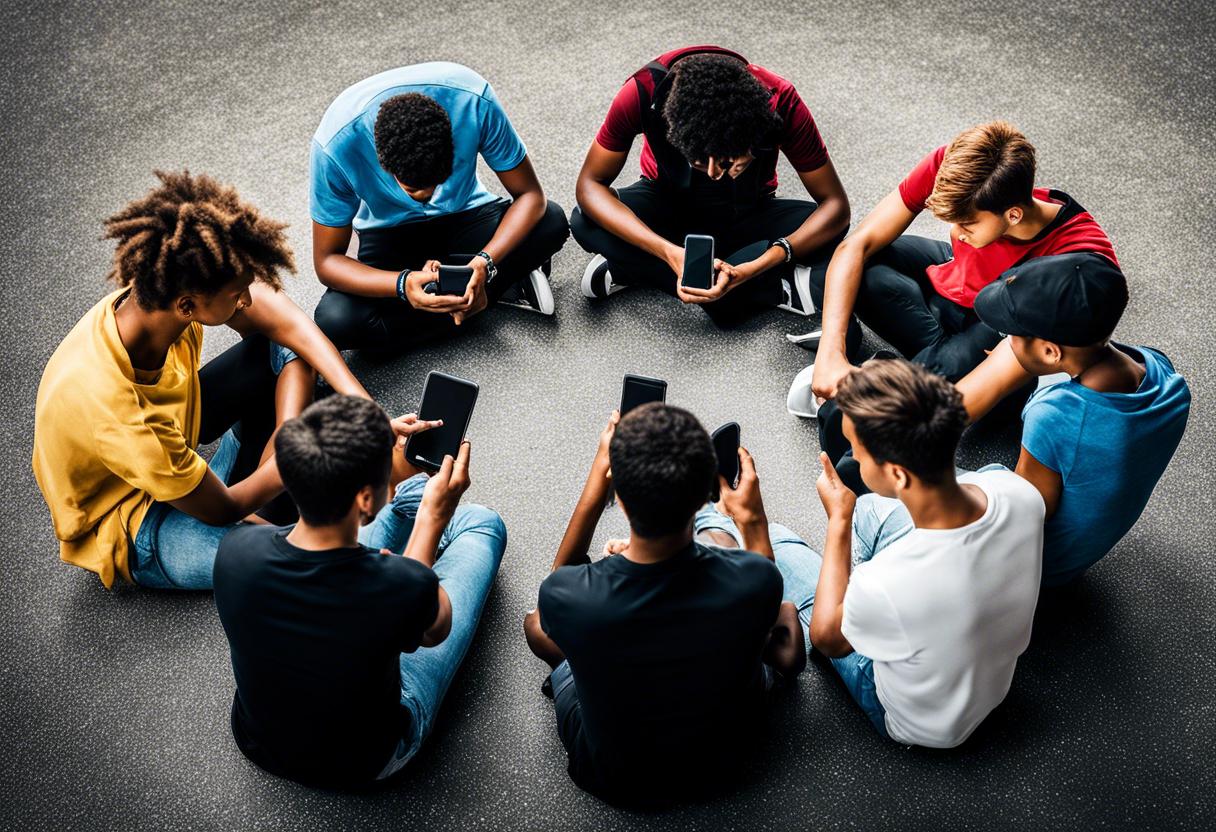According to Prof Matthew Sadlier, a highly regarded consultant psychiatrist, the rampant usage of social media platforms is generating a wave of “damaged individuals”. The past thirty years have seen a five-fold increase in self-harm cases treated at the Mater hospital, with social media use escalating as a trigger for various mental health difficulties, especially amongst young individuals.
At the Irish Medical Organisation conference in Killarney on Saturday, decisive steps were taken to combat this issue. Resolutions were passed urging the Department of Education to outlaw the use of smartphones in primary schools from the beginning of the upcoming academic year. Similarly, it was decided that the Department of Health should devise a comprehensive plan to counter social media addiction and associated harm.
A further resolution urged the Attorney General to examine the feasibility of launching a lawsuit against Meta, the social media behemoth. This follows a parallel action in the United States where Meta was accused of intentionally fostering addictive social media behaviours in children and adolescents.
Prof Sadlier, who forwarded all these initiatives, emphasised immediate action was required, as, in his words, we are witnessing an “absolute crisis”.
An uptick in self-harm cases is evident but the conundrum, he stated, isn’t mental illness but mental health issues, or distress to be more specific.
“These individuals are not approaching us with medically recognised illnesses that can be treated with psychiatry or therapy. Instead, they are presenting problems that we aren’t fully equipped to resolve,” Prof Sadlier notes.
He was keen to point out that vulnerability to social media addiction isn’t limited to children. A study amongst GP trainees, of average age 31, found that a significant portion spend upwards of two hours daily on social media platforms, with a majority reporting negative effects on moods and sleep patterns.
Besides advocating for more rigorous regulation of social media platforms, Prof Sadlier proposes that young people be offered an array of recreational alternatives to promote healthier interactions.
He poses the question, “How many young people are sequestered in their bedrooms interacting with a smartphone because they have nothing else occupying their time?” He mentions the lack of football fields in Dublin 8, as an indication that alternative pastimes need to be made available for children instead of resorting to social media.
Prof Sadlier suggests that numerous child abuse scandals may have made parents apprehensive about letting their children participate in traditional activities, thereby contributing to the current scarcity of options.
However, he remains confident that each action taken to mitigate the issues would have a significant effect in overcoming the current crisis. “Each measure will dial down the intensity of the problem a little,” he affirms.
At the conference, Clare Daly, a board member of Cyber Safe Kids and a practising solicitor in data protection, argued that social media platforms must adopt a quicker approach to removing posts that can be demonstrably harmful to children. “When a damaging post is permitted to remain online for as long as two weeks, it can cause incredible distress for a child if that post is being circulated within their class or peer group,” she said. Professor Sadlier voiced his astonishment over the fact that unsafe posts were given approval for posting online at the outset. He gave an analogy, saying, “We wouldn’t let Coca-Cola introduce seven new beverages and then recall three due to poisoning issues.”

